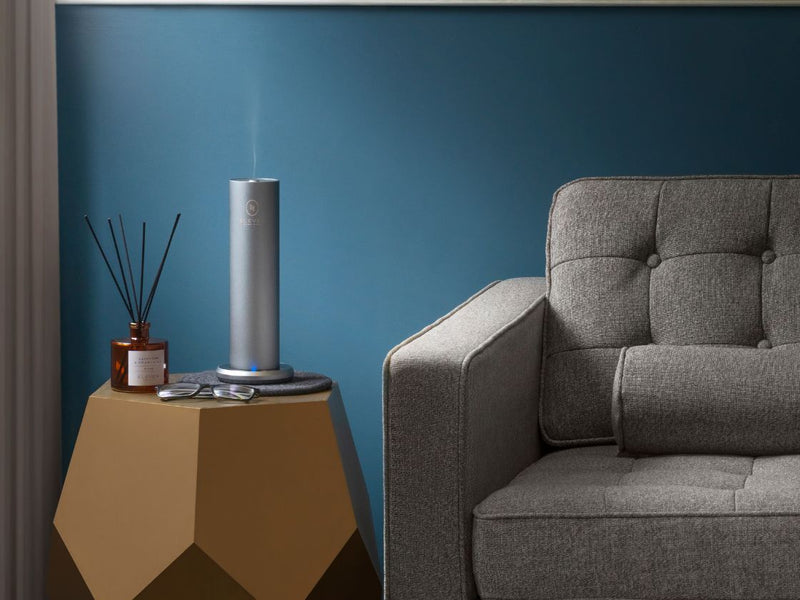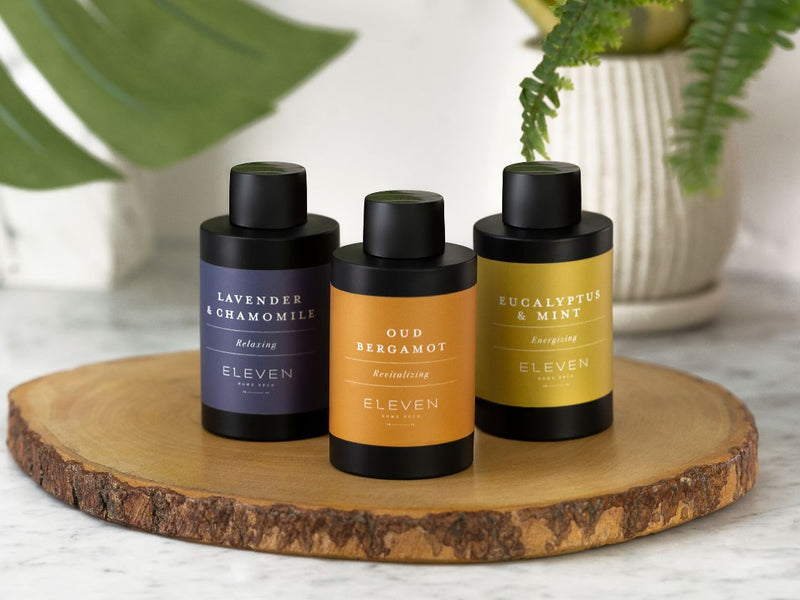When it comes to fine dining, even the smallest detail counts. To enhance your table-setting experience, consider adding an often-overlooked element: beautifully folded napkins. This subtle yet significant touch adds a touch of elegance and sophistication to any dining experience.
Discover the secret to a stylish tablescape by learning how to fold napkins with rings. This article will explore a few of the “must-know” techniques for folding napkins with rings, explain the function of napkin rings, and provide a quick, insightful guide to proper table manners.
Table of Contents
Maintaining a Stylish Fine Dining Table Layout
It's true that many home decor enthusiasts will agree that the devil is in the details, and when it comes to table settings, napkins play a pivotal role. This is because napkin rings are versatile accessories that can transform your dining table into a visual masterpiece.
One of the best parts of these fine-dining additions is that they are known to effortlessly bridge the gap between style and effort, adding a touch of refinement to even the most casual gatherings. You can find them made from various materials, such as classic silver and gold, rustic wood, and contemporary acrylic, allowing you to match them seamlessly to your current home décor.
Napkin rings serve both functional and aesthetic purposes. They keep your napkins neatly folded and prevent them from scattering across the table during a meal, ensuring a polished look throughout the dining experience.
Creative Ways to Fold Napkins with Rings

Now that we understand the importance of napkin rings, let's explore some creative ways to fold napkins using these elegant accessories. These techniques can elevate your table setting to an art form:
The Classic Fan Fold
This first folding option is a classic and a staple among the fine dining community. Below, we will break down how to complete the classic fan fold in just three simple steps:
Step 1: Start with a flat napkin and fold it accordion style.
Step 2: Insert one end of the folded napkin through the napkin ring, leaving the other end fanned out.
Step 3: Adjust the fan to your desired width, creating an elegant and timeless look.
Pocket Fold
Next up is the pocket fold, which can also be successfully done in just three easy steps. This fold not only looks charming but also serves as a convenient holder for utensils or place cards. Check it out:
Step 1: Fold your napkin in half diagonally to form a triangle.
Step 2: Fold the bottom edge up to create a pocket.
Step 3: Slip the napkin ring over the folded corner, securing it in place.
Rose Fold
For a more romantic look, why not give the rose fold a try? Here is the four steps to take when folding your napkin into the rose fold:
Step 1: Lay your napkin flat and fold it in half diagonally to form a triangle.
Step 2: Roll the napkin from the widest end to the narrow end, creating a long, rolled strip.
Step 3: Coil the rolled napkin into a spiral shape resembling a rose.
Step 4: Slide the napkin ring onto the base of the rose, holding it together in an enchanting floral design.
Bow Tie Fold
For a sophisticated look, attempt the bow tie fold. Here are four steps to achieve when folding a napkin into the bow tie fold:
Step 1: Fold your napkin in half diagonally to form a triangle.
Step 2: Fold the top layer down, leaving a small section at the top.
Step 3: Flip the napkin over and fold the sides towards the center.
Step 4: Secure the folded napkin with a napkin ring at the narrow end, resembling a bow tie.
Diamond Pouch Fold
Our last suggestion is another elegant look known as the diamond pouch fold. Here is how you can get this look and leave a lasting impression on your guests:
Step 1: Start with a square napkin and fold it in half diagonally to form a triangle.
Step 2: Fold the bottom corner up to the top corner, creating a smaller triangle.
Step 3: Fold the two side corners towards the center, forming a diamond shape.
Step 4: Slide a napkin ring over the open end of the diamond, creating an elegant pouch.
A Guide to Dining Decorum

In the pursuit of dining perfection, it's not just about the table setting but also the etiquette that accompanies it. Here are some dining decorum tips to ensure that your next gathering is a memorable one:
Choosing the Right Tablecloth
The tablecloth sets the foundation for your entire table setting, which is why you should consider opting for a high-quality tablecloth that complements the color scheme and theme of your dining room.
Choosing the Perfect Napkin Rings
Napkin rings can be more than just functional accessories; they can also be conversation starters. Consider napkin rings with unique designs or personalization options to spark interesting dialogues among your guests. You also want to make sure you match the rest of your table setting as well.
Napkins and the Art of Presentation
Careful consideration should go into the napkin folding and presentation process. Napkins should be clean, well-pressed, and wrinkle-free, regardless of whether you opt for a traditional fold or a more elaborate design. This will ensure a clean appearance on your table.
Placement Matters
Finally, proper placement of napkins and utensils is also essential for a seamless dining experience. Investing in fancy napkin holders or place settings is a great idea to make your table look more put together.
The Bottom Line
With the right techniques and attention to detail, you can create a classy and sophisticated setting that leaves a lasting impression on your guests. If you're looking for a way to up your home decor game, look no further than ELEVEN’s exquisite selection of products, which can serve as the perfect finishing touch to your dining room.
FAQ Section
Can you use paper napkins with napkin rings?
Yes, you can use paper napkins with napkin rings. While cloth napkins are often associated with formal dining, paper napkins can also be folded creatively and paired with elegant napkin rings.
What is the point of napkin rings?
Napkin rings have a dual purpose. Historically, they were used to signify a person's social status and keep individual napkins clean between uses. Today, they serve as decorative and functional accessories, adding a touch of elegance to table settings while keeping napkins organized.
Articles you may love
- How to elevate your dining experience with placemat settings
- Choosing the perfect tablecloth size: A guide for effortless table styling
- Inspiring ideas for decorating with table runners





